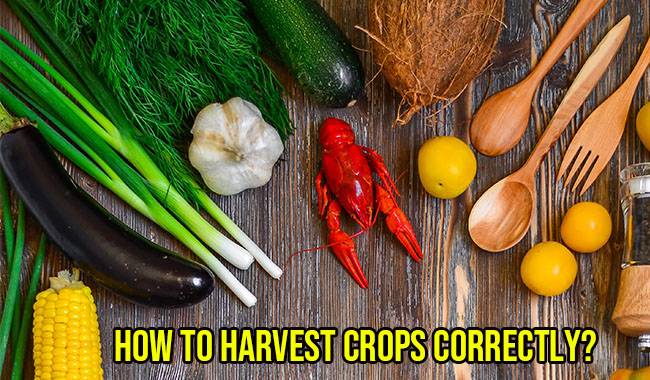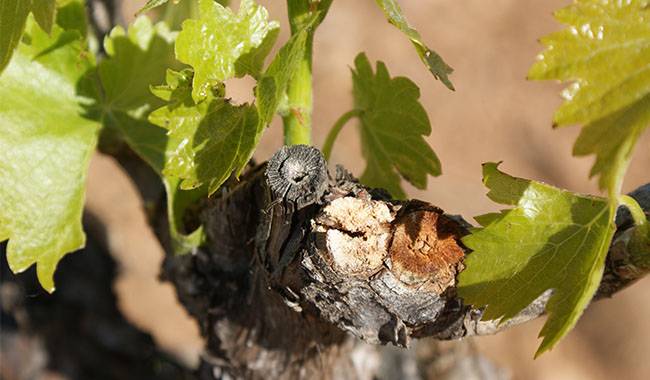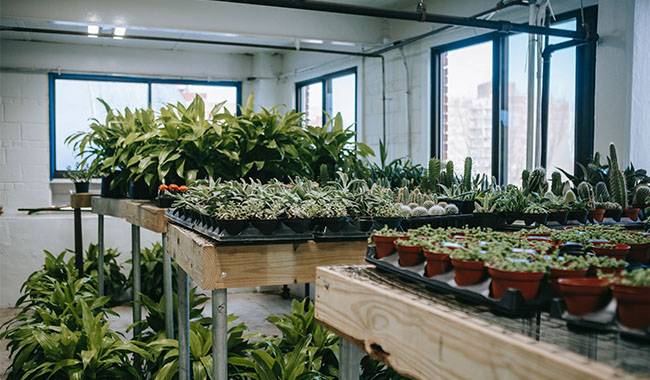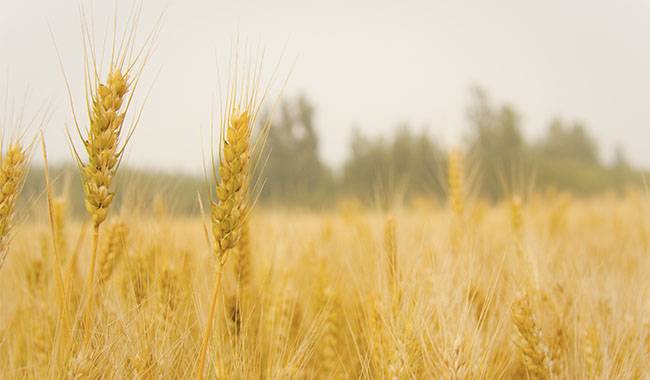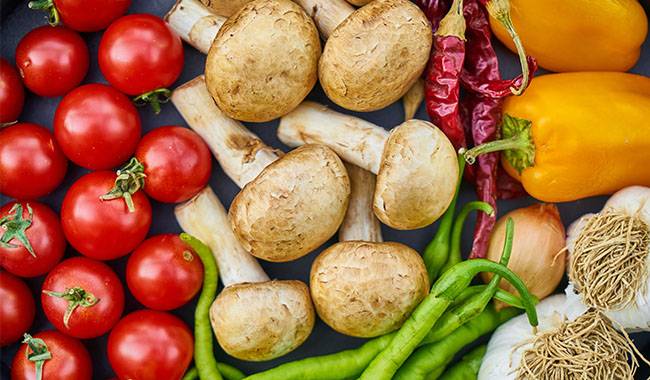
Why do we grow vegetables and fruits? There is a wide variety of stores and markets, Why do we grow vegetables and fruits? There is a wide variety of stores and markets. The variety also grows each year, good look attractive, and most of it stores well.
In addition to the fact that we love the process of growing things, all gardeners are convinced that their fruits and vegetables are healthier than store-bought ones. Isn’t it nice to think that your family is eating vitamin-rich organic produce? But is that really true? Let’s find out.
WHERE DO YOU GROW ALL YOUR VEGETABLES AND FRUITS?
It is desirable to engage in landscaping and gardening in environmentally friendly areas, as you probably know. Intuitively, harmful substances in the air and soil can get into the fruit.
That’s it. The cells of plants growing along the highway have significantly higher levels of heavy metals. Not only that, but exposure to exhaust fumes reduces antioxidants, carotenoids, flavonoids, and other nutrients that we need to grow.
Proximity to big cities and large factories is also very unhealthy. Carcinogens increase in plants and vitamins and bioactive compounds decrease. Think about where your vegetable garden is. Maybe it’s better to buy tomatoes at the store?
WHAT KIND OF SOIL DO YOUR PLANTS GROW IN?
Fertile black soil is the dream of most gardeners and horticulturists. Well, stop dreaming! It is on soils with a high water content that vegetable plants tend to accumulate large amounts of nitrates. This is the plant’s source of nitrogen reserves, as they also undergo “emergency” precipitation.
And we also feed them with fresh manure and urea. After that, they grow by leaps and bounds and store more and more nitrates. The best choice for “nitrification” – high humus soil, 95% humidity, and high temperature. In other words – greenhouse.
The lowest amount of nitrate accumulation by vegetable plants without fertilization, on average – on loamy soils on sandy loam soils.
But you can grow a garden on black calcium soil because few nitrates reach the fruit – they are all in the roots (and radionuclides, by the way).
However, besides nitrogen, there is something more interesting in the soil, and its greatest asset – soil microorganisms. It is their activity that gives plants their nutrient elements. So, it is good to plant anything on virgin land, where there are many microorganisms. Virgin land has always been so valued, and not without reason.
It also needs enough light. Therefore, somewhat dense planting can only withstand sunny southerners.
Therefore, native medium loam structured soil with sufficient light is the best soil for growing vegetables. And on “fertile”, moist, warm soil in a greenhouse or greenhouse, tomatoes, especially cucumbers, will accumulate 2-3 times more nitrates and 3-5 times fewer vitamins than simple ground soil. So, how are your greenhouse vegetables healthier than store-bought ones?
WHAT DO YOU FEED YOUR PLANTS?
Well, with what, of course! Manure, compost, ash, and mineral fertilizers. Many people encounter a situation where a plant “hits the oil” and chases the leaves, to the detriment of fruiting. This is the most obvious example, in this case, of overfeeding nitrogen. Regarding the nitrates mentioned above.
Overfeeding of other elements, both macro, and micro, is often not as obvious, but it is not good for the plant or for us as edible plants. Everything is the same with plants as it is with people – free and clear, and vinegar is sweet.
That’s why when you get easy access to rich feedings, they get big and loose, with weakened defensive responses and stuffed with unhealthy elements. It’s just like humans.
And if you use manure, compost, ashes still need to be assimilated by plant efforts, but mineral fertilizers – pure fast food.
Do large agribusinesses have specialists and laboratory complexes for the rational feeding of cultivated crops? Can you boast that you know your soil and understand the deficiencies and excesses of elements in it?
The most common is to observe by “eyes”. And from a broad mind. Plants accumulate all this extra stuff in their tissues and fruits. In this case, vegetables are not more useful than in the store.
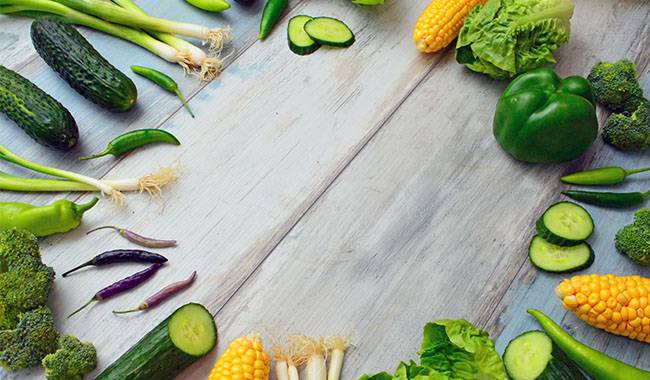
HOW TO PROTECT PLANTS FROM PESTS AND DISEASES?
In industrial growing experiments are not welcome, so regularly treat pests (in case of prevention and infection) with preparations that are guaranteed to kill all of them. After all, worm apples, or scab spots, no one will pick up and sell.
That’s why all store-bought vegetables and fruits have pesticides in them – for sure, in large quantities. In the southern United States, for example, industrial orchards are treated up to 18 times per season, and vegetable plantations up to 12 times. There are no hard frosts there, and most pests make it through the winter.
In our stores, on the other hand, the products are mainly from the southern regions, or from abroad, where the temperatures are higher and, respectively, there are more treatments.
Of course, there are inspections and norms, but somehow, even according to the regulations, you do not want to use pesticides. And during storage, spoilage can be prevented and treated to ensure the appearance of the market …….
On private farms it is much more interesting: someone sprinkles pesticides, fungicides, and insecticides all over the place, just in case no living thing comes across the cherished tomatoes. In addition, there are herbicides so that grass won’t grow. Store-bought vegetables and fruits are much better.
There are also people who, as a rule, do not use “any chemicals” to keep vegetables and fruits ecologically clean. Of course, they are clean. Ecologically.
But there is a layer of stains caused by a fungus, pests, and in some cases nibbled by slugs, beetles, and nematodes. Unprofitable. Good, healthy food, but guests turn their noses up at it. Sometimes their loved ones do, too.
Although, of course, there is a great category of advanced gardeners who manage to grow produce that is not just harmless, but also useful.
WHAT PLANTS ARE THE HEALTHIEST?
I don’t think anyone would presume that the fruits of plants store vitamins and various useful elements that make people healthy and satisfied when they eat them. They don’t have any pity for us, everything is much more prosaic.
For example, flavonoids – the very substances that lower cholesterol, exhibit antioxidant and antiviral activity, are regulators of biochemical processes in cells and are, in general, very useful.
In some small amounts, they are always in the plant, but their amount and variety sometimes increase when the plant is under stress: for example, a sharp but not critical cooling, or the beginning of a fungal disease.
Vitamin C, you can’t get by because our bodies can’t synthesize it – it also accumulates in large quantities in plants when exposed to stressors.
This is a useful substance kind of plant immunity, which is activated in the case of any attack.
Interesting facts. In the old reference books, data on the content of vitamins in cultivated vegetables are higher than the results of modern studies. At the same time, the content of vitamins in wild plants does not differ. The content of useful substances in wild plants (e.g. wild sea buckthorn) is significantly higher than in industrial cultivation. Moreover, the northern wild sea buckthorn is an order of magnitude higher than the southern wild one.
The content of vitamin C in greenhouse vegetables is 2-6 times less than in field vegetables, and the content of beta-carotene is 4-7 times less than in greenhouse vegetables.
This means that our efforts to provide cultivated plants with accessible nutrients and protect them from pests and diseases lead to a decrease in the biological activity of plants and a decrease in the content of vitamins and other useful compounds.
WHO IS THE CULPRIT AND WHAT TO DO ABOUT IT?
Well, it’s clearly our own fault. Over-care and over-feeding are not good for anyone. This in no way means that we should plant the plants and let them work themselves out. Cultural plants, for the most part, can’t survive without our involvement, and we’ve forgotten that.
The options for getting out of this situation, as always, are numerous. We can eat store-bought vegetables and fruits, take vitamins and dietary supplements. You can add wild plants to your menu in abundance. You can approach the cultivation of plants on plots scientifically – do a soil analysis, calculate nutrients, use environmentally friendly treatments.
And you can switch to organic farming, or as close to it as possible. Nature has existed for millions of years and has adapted all processes:
- The fertility of the soil is created by the work of a large number of organic residues and microorganisms, which convert all of them into elements that can be absorbed by plants.
- The protection against many pests lies in the variety of crops grown.
- Moderate “intimidation” of the plant by fungal diseases or temperature changes prevents the plant from becoming complacent and forces it to accumulate vitamins and bioactive substances.
- Plants that are not overfed are less likely to accumulate heavy metals and become sick.
Nowadays there is a large selection of seeds, planting materials, and, in general, a good range, so you can pick varieties that are suitable for specific site conditions without too much trouble. Only the choice must be well thought out: it is advisable to take varieties that are released, they have to protect less and benefit significantly more.
So, if you want to grow really useful products, you should temper your gardening enthusiasm, learn not to look after the plants, and help them when they feel in trouble:
- Don’t give them a mineral fast, let them get their own nutrients.
- Not to water every day (this will wash the nutrients out of the soil), but to keep it moist.
- Not to eliminate all insects, but to combat only those that cause obvious harm.
Of course, all this requires a lot of theoretical training. Winter is coming, so it’s a good time to stick to the theory.




